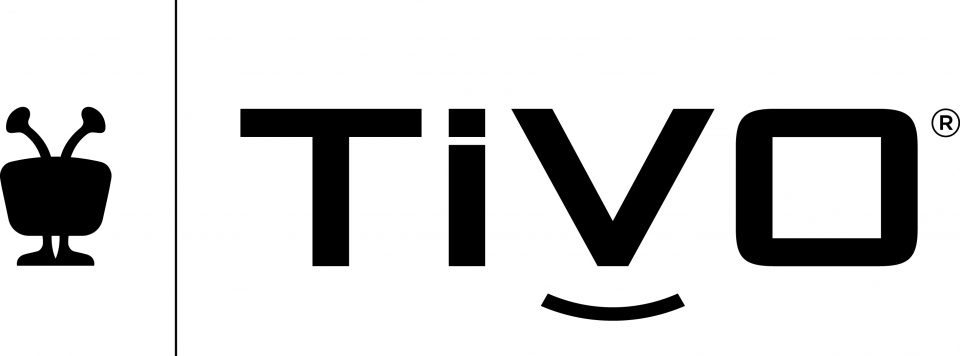TiVo: Tennis Channel, NFLN, and MLBN Among Top 10 Channels Consumers Will Pay Most To Watch
Story Highlights
According to TiVo’s 18th quarterly Video Trends Report, viewers are willing to pay more for sport-specific networks — such as Tennis Channel, NFL Network, and MLB Network — than for ESPN. In Q2 2017, 77.5% of survey respondents said they want to pay for only the channels they watch on an à la carte basis. On average, respondents said they are willing to pay more for Tennis Channel ($2.45), NFL Network ($2.13), and MLB ($2.04) than for ESPN ($1.81). All three of the aforementioned channels were included among the top 10 channels respondents are willing to pay the most to watch (HBO was first at $2.58), and ESPN was not. No sports-specific channels were among the top 10 most popular channels selected among all respondents.
 Premium Sports Packages Continue to Grow
Premium Sports Packages Continue to Grow
In Q2 2017, 42.1% of respondents pay for premium channels. For the 17th quarter in a row, the top three premium channels are HBO, Showtime, and The Movie Channel/Network. However, sports packages are experiencing notable growth, increasing slightly both year-to-year and over two years, and experienced a 3.2-percentage-point increase over three years and a 4.1-percentage-point increase over four years.
Sports Discovery: Fans Continue To Be Frustrated as Social Media Presents New Threat
In Q2 2017, 30.9% of respondents are “sometimes” frustrated when trying to find their favorite sports team and/or event. Another 5.3% are “always” frustrated. Overall frustration levels when trying to find favorite sporting events or teams increased 3.3 percentage points year-to-year.
A new and prevalent threat to pay-TV providers comes from social and OTT services offering sports content to their viewers. Recently in the video industry, streaming services have paid astronomical amounts for the rights to air popular sports events. As streaming services become a new avenue for watching sports events, TiVo added two new questions to gauge traction among consumers.
In Q2 2017, 16.2% of respondents watch live sports events on a social-media network, such as Twitter and/or Facebook, a nearly 3-percentage-point increase quarter-to-quarter. Although the survey has recorded only two quarters of data, this is a good sign for streaming services shelling out big bucks for the rights to high-profile sports events. Popularity of online viewing for the top leagues is as follows:
- National Football League (NFL) – 54.5%
- National Hockey League (NHL) – 28%
- Major League Baseball (MLB) – 26%
- Major League Soccer (MLS) – 21.9%
More Findings
- Overall, in the U.S., the average price respondents are willing to pay for the top 20 channels is $29.97 (almost 6% higher than last quarter).
- Of the 16.1% of respondents who do not subscribe to pay-TV service, nearly a quarter (22.8%) cut pay-TV service in the past 12 months — a 4.8-percentage-point increase year-to-year and the highest percentage for this survey question across all quarters, dating back to Q3 2015. Of respondents without pay-TV service, 45.7% use an antenna to watch TV over-the- air (OTA), a trend that has increased 12.4 percentage points over two years. For the fourth quarter in a row, the top three reasons for cutting pay-TV service are 1. “Price/Too expensive” – 85.3%, with an increase of 5.6 percentage points quarter-to-quarter; 2. “I use an internet streaming service, such as Netflix, Hulu, Amazon Video, etc.” – 45.7%; and 3. “I use an antenna to get the basic channels on my TV.” – 21.8%
- In Q2 2017, 10.9% of survey respondents used voice+search functionality to find something to watch on TV. This is the highest voice-search–adoption rate across all survey results since the question first appeared in Q3 2015. Additionally, another 19.3% of respondents want this functionality. Of respondents using voice search, 87.4% do so weekly, and weekly usage increased by 9.8 percentage points year-to-year. Nearly 92% of all voice searches are for a specific title or channel. Roughly 4% of searches are conversational searches or requests for video content personalized to the end viewer (for example, “What’s on TV tonight?”; “When do the Yankees play again?”; “Find me comedies”). Because just over 10% of respondents use voice search, TiVo believes this may be due to lack of education, as viewers may not know they can pose more complex queries. Only when pay-TV providers integrate personalization and intent into their voice-search offerings will true personalized searches become king.
For more stats, insights and analytical commentary based on the latest survey findings, download TiVo’s Q2 2017 Video Trends Report.
